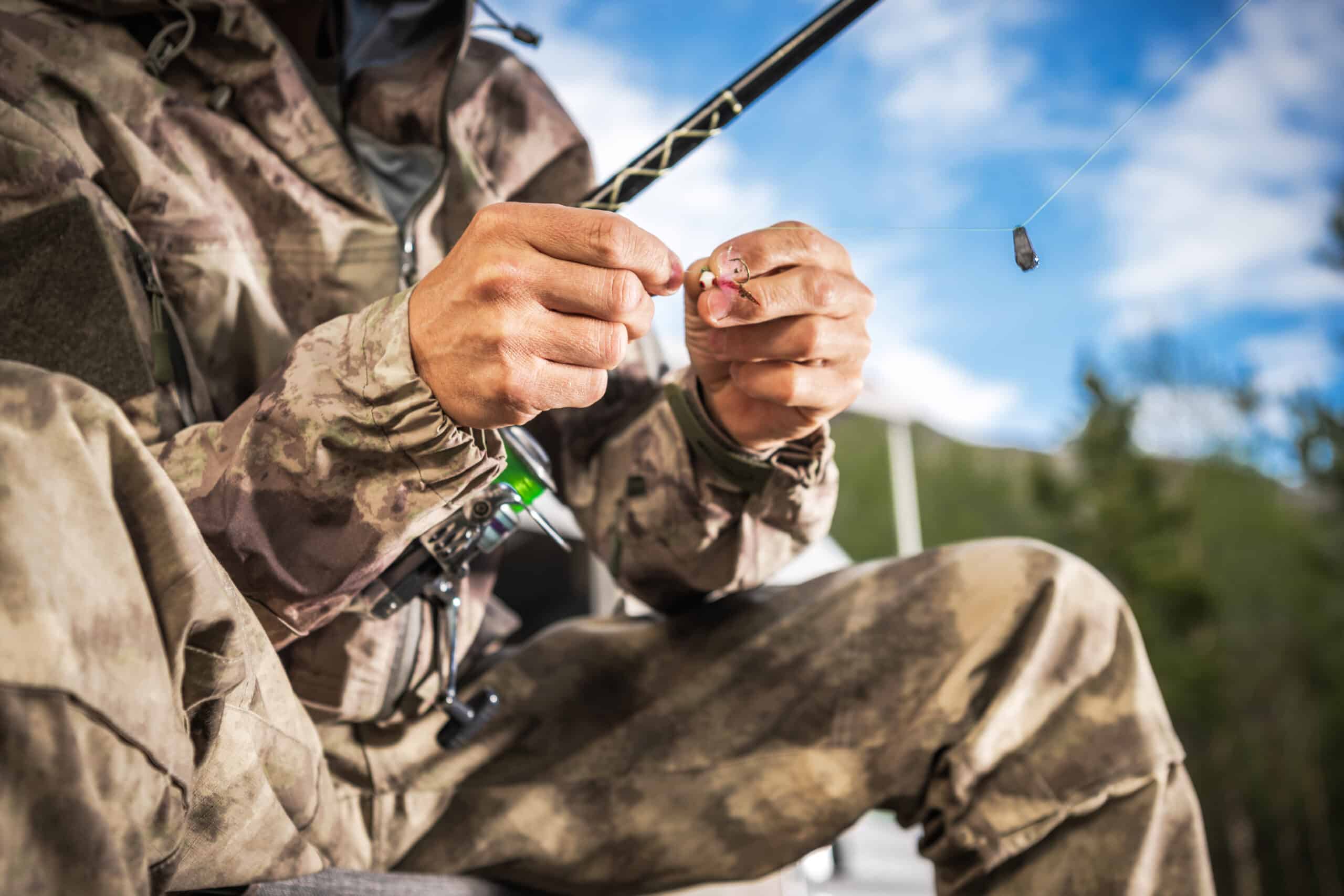Should I soak my fluorocarbon line before spooling?
Key Takeaways
- The reduction of residual stiffness is one of the main benefits of soaking fluorocarbon line before spooling. Soaking the line in warm water can help soften it, making it more flexible and easier to work with.
- Soaking fluorocarbon line can also help reduce memory, which refers to the tendency of the line to retain its coiled shape. Soaking the line in warm water can relax its memory, leading to smoother and more accurate casts.
- While soaking fluorocarbon line can have benefits, there are potential drawbacks to consider. Soaking may weaken the line’s strength and durability over time, although the extent of this effect is uncertain. The effectiveness of soaking may also vary depending on the brand and quality of the line.
Soaking fluorocarbon fishing line before spooling is a topic that has been discussed among anglers for quite some time. Some believe that soaking the line can improve its performance, while others are skeptical about its effectiveness. In this article, we will delve into the benefits and drawbacks of soaking fluorocarbon line before spooling, based on the information available.
The Benefits of Soaking Fluorocarbon Line
According to the information provided, soaking fluorocarbon line can have several potential benefits. One of the main advantages is the reduction of residual stiffness. Fluorocarbon line, especially when new, can sometimes exhibit a certain level of stiffness which can affect its castability and overall manageability. Soaking the line in warm water can help soften it, making it more flexible and easier to work with.
Another potential benefit of soaking fluorocarbon line is the reduction of memory. Memory refers to the tendency of the line to retain its coiled shape, which can cause problems such as line twists and tangles. Soaking the line in warm water can help relax its memory, allowing it to straighten out more easily when casting. This can lead to smoother and more accurate casts, ultimately improving your fishing experience.
The Drawbacks of Soaking Fluorocarbon Line
While soaking fluorocarbon line can have its benefits, it is important to note that there are potential drawbacks as well. One concern is the potential degradation of the line’s performance over time. Some anglers believe that soaking fluorocarbon line can weaken its strength and durability, making it more prone to breakage. However, without concrete evidence or specific figures, it is difficult to determine the extent to which soaking affects the line’s long-term performance.
Additionally, it is worth mentioning that the effectiveness of soaking may vary depending on the brand and quality of the fluorocarbon line. Different manufacturers may use different materials and manufacturing processes, which can impact how the line responds to soaking. It is always a good idea to consult the manufacturer’s recommendations or conduct some experimentation to determine the best approach for your specific fluorocarbon line.
Conclusion
In conclusion, soaking fluorocarbon line before spooling can potentially improve its performance by reducing residual stiffness and memory. However, there are also potential drawbacks to consider, such as the long-term effects on the line’s strength and durability. Ultimately, the decision to soak your fluorocarbon line should be based on your personal preference and experience. It may be worth trying out soaking to see if it enhances your fishing experience, but make sure to monitor the line’s condition and replace it as needed to ensure optimal performance.
Related Websites:
FAQs:
Q: Should I soak my fluorocarbon line before spooling?
Yes, soaking fluorocarbon line before spooling can provide several benefits. By soaking the line, you can reduce its stiffness and increase its manageability. This can result in improved casting distance, enhanced sensitivity, and reduced chances of line memory. Soaking also allows the line to better absorb water, increasing its sinking ability. However, it is important to note that opinions vary among anglers, and some may prefer alternative methods to prepare fluorocarbon line.
Q: What are the key characteristics and advantages of fluorocarbon fishing line?
Fluorocarbon fishing line has some key characteristics that make it popular among anglers. It has a refractive index similar to water, making it nearly invisible underwater. This makes it ideal for clear water conditions and wary fish. Fluorocarbon line also has low stretch, providing excellent sensitivity, better hook sets, and improved lure control. It is also highly resistant to UV rays, chemicals, and abrasion, making it durable and long-lasting.
Q: Why is it important to properly spool fishing line?
Properly spooling fishing line is crucial to ensure optimal performance and prevent potential issues. When the line is spooled correctly, it lays evenly on the reel, reducing the chances of tangles, knots, and line twists. It also allows for smoother casting, better line management, and improved sensitivity. Improperly spooled fishing line can result in reduced casting distance, increased line memory, and may even lead to line breakage during fishing.
Q: What are the potential benefits of soaking fluorocarbon line before spooling?
Soaking fluorocarbon line before spooling can offer several advantages. It helps to soften the line, reducing its stiffness and making it more manageable. This can result in improved casting distance, better sensitivity, and reduced line memory. Soaking also allows the line to absorb water, increasing its sinking ability. Additionally, it can help remove any residual oils or contaminants from the manufacturing process, ensuring a cleaner and more reliable line.
Q: What factors should I consider when deciding to soak fluorocarbon line?
When deciding whether to soak fluorocarbon line, there are a few factors to consider. Firstly, personal preferences play a role, as some anglers may find alternative methods more suitable for their fishing style. Additionally, the fishing conditions should be taken into account. Soaking may be more beneficial in situations where increased sinking ability or reduced visibility are important. However, it is essential to be aware that soaking may have limitations, such as potential line weakening or decreased abrasion resistance.






